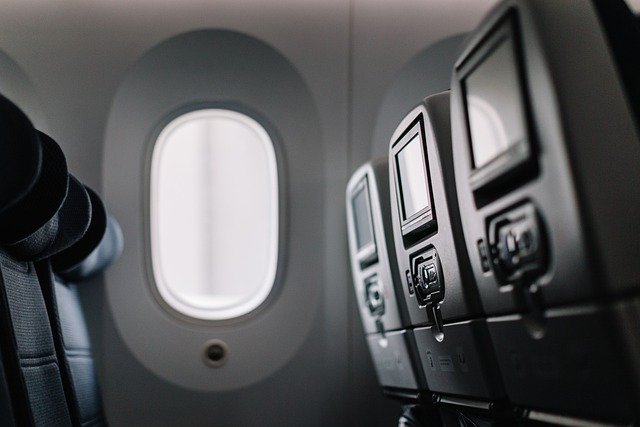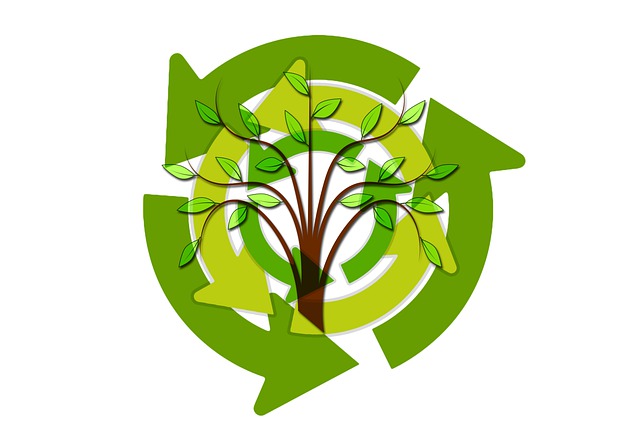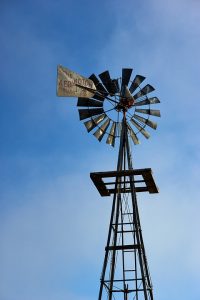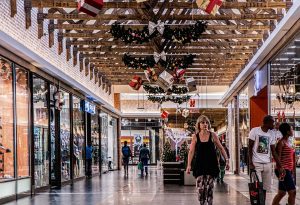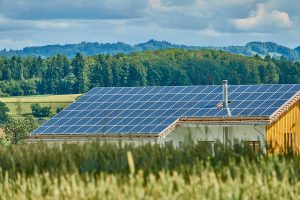 Illinois is increasingly moving toward solar power for its energy sources. The costs of the equipment used is significantly lower and the state of Illinois is so encouraging of the transition, that it offers many attractive incentives to move over.
Illinois is increasingly moving toward solar power for its energy sources. The costs of the equipment used is significantly lower and the state of Illinois is so encouraging of the transition, that it offers many attractive incentives to move over.
One of the most popular solar markets today in Illinois are those that are in conjunction with farmers. In these cases, the farmers benefit too. They lease the solar companies some of their property which is used to cultivate solar energy and they get money for this as it is in place of crop growing.
The agrarians are needed to facilitate this process as they are the ones lining up the solar panels in the most efficient way to absorb the sun’s rays. The energy then gets transported to the closest power substation, being absorbed into the power supply. Ultimately this is a good business deal for landowners and solar companies.
Within Chicago itself, a recent statement given by the Sierra Club promised that they will be conjoining into a “new community coalition working to move Chicago to a 100 percent clean, renewable energy future. The Club’s Ready for 100 Action Campaign organizer Krya Woods added:
“The Ready for 100 Chicago Collective stands ready to advocate for bold policy that will bring the greatest economic, environmental, and social benefit to communities across Chicago. A new energy economy can create jobs, save money through energy efficiency and phasing out fossil fuel, and empower our residents to participate in the planning, implementation, and evaluation of strategies that will most effectively address our communities’ needs. We are here to address how we power this city and who has power in this city.”
